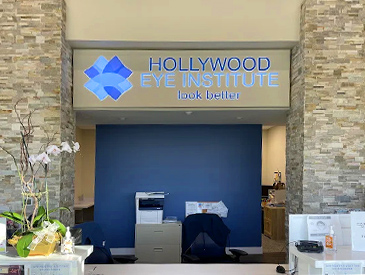Diabetes mellitus is the most common endocrine disorder in the world and is caused by abnormalities in the body’s ability to metabolize circulating blood sugar into stored carbohydrates and fats. This leads to elevated levels of circulating blood sugar which causes damage to blood vessels in vital organs such as the kidneys, heart, brain, feet and eyes. Diabetic retinopathy is the most common diabetic eye disease and a leading cause of blindness in American adults.
How can diabetes affect my eyes?
4.4 million Americans age 40+ suffer from diabetic eye diseases, the most common being diabetic retinopathy. Diabetes, among other medical conditions, can affect the eyes in many ways and may lead to problems ranging from blurred vision to early cataract formation to retinal detachments and bleeding in the eye. The severity of the disease will vary depending on the age of the individual and how far along the disease has progressed.
Symptoms may not be noticeable at first; however, diabetic retinopathy worsens over time and can cause major damage, including vision loss. Symptoms can include spots in your vision, blurred vision, fluctuating vision, dark or empty areas in your vision, vision loss and difficulty with color perception. Diabetic retinopathy typically affects both eyes. An ophthalmologist can determine whether diabetic damage is being done by performing a dilated eye exam.
How is diabetic retinopathy treated?
If you are diagnosed with diabetic retinopathy your ophthalmologist may suggest observation for mild disease or laser treatment for more severe disease. The earlier diabetic retinopathy is diagnosed the more effective the treatment will be.
All options should be thoroughly discussed with a medical doctor in order to decide on the right option for you. It is very important to take preventative measures that include regulating your blood sugar and not skipping routine eye exams. Make an appointment with Dr. Greenbaum to have a comprehensive eye exam and determine your treatment options.





